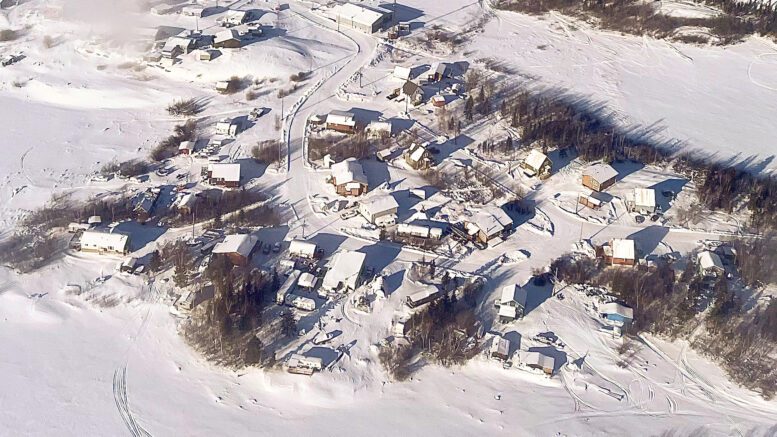Climate forecasts through June indicate above normal precipitation for northwestern NWT, specifically the Peel River basin.
While the Peel River water level is average for this time of year, reports the GNWT’s Department of Environment and Climate Change, water levels and flow rates remain low across most of the rest of the NWT:
- Liard River’s water level is well below average for this time of year.
- Mackenzie River is well below average for this time of year.
- Great Bear Lake remains at its lowest water level recorded for this time of year.
- Slave River water level is below average, but is still 40 cms higher than at this time last year.
The Great Slave Lake’s water level has been slowly rising since mid-December, as is normal for this time of year, and is approximately 30 cms higher than the level recorded at this time last year.
Where’s the good news?
South Nahanni River water level is well above average for this time of year.
As are some smaller rivers in the Great Slave Lake basin, including Snare River and Lockhart River.
Low water levels are the result of extreme drought conditions that began in the summer of 2022 and have persisted through 2023 and 2024, stated the release.
March precipitation across the NWT was generally below average, except in Fort Simpson, which received approximately average precipitation.
And March temperatures across the NWT were variable, with colder than average temperatures in Hay River, Fort Smith and Yellowknife. This while Fort Simpson, Norman Wells and Inuvik experienced average or above average temperatures.

